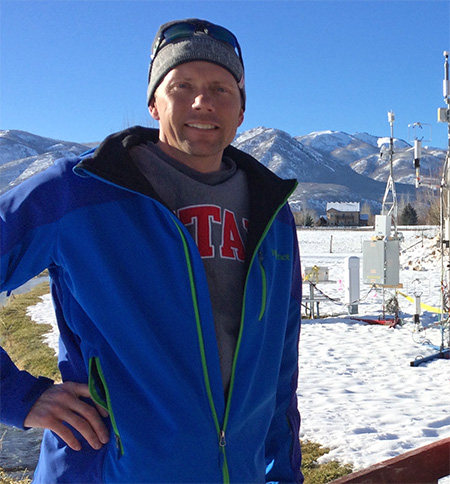Congratulations to professor Eric Pardyjak for receiving a Fulbright Scholarship, project title, “Improved understanding of turbulence and dispersion in mountainous terrain.”
Mountains cover approximately one-quarter of the earth’s land surface and twenty percent of the world’s population lives in or at the fringes of mountainous regions (Körner and Ohsawa, 2005). Populations have often tended to settle in these areas as mountain watersheds provide key natural resources that are useful for transportation, agriculture and urban development (Fernando et al., 2015). Unfortunately, increases in population in mountainous areas often leads to a range of difficulties that affect health and quality of life in both developed and developing nations and put stresses on air quality, water quality, national security and energy security. Some of these concerns stem from the accumulation of contaminants due to reduced dispersion in the complex atmospheric flows that mountains generate (Whiteman, 2000; Chow et al., 2012).

For this six-month Fulbright Scholar research project, Pardyjak proposes to work and share knowledge with experts studying turbulence and dispersion processes in France at Université de Toulouse Paul Sabatier in the Laboratoire d’Aérologie. These groups are currently working on projects in both the prealps and Pyrenees mountain ranges. The primary activities will be data analysis of previous experimental data obtained in these two regions, a new field experiment, and dispersion model development. As a non-technical activity, he will offer a monthly, scientific writing and oral communication skills training workshop for post-docs and others parties interested in improving their English skills. The expected outcomes of the project will include papers related to improved understanding of physical processes as well as the development of new models that can be used by the scientific community and decision makers to better predict contaminant dispersion in mountain terrain.